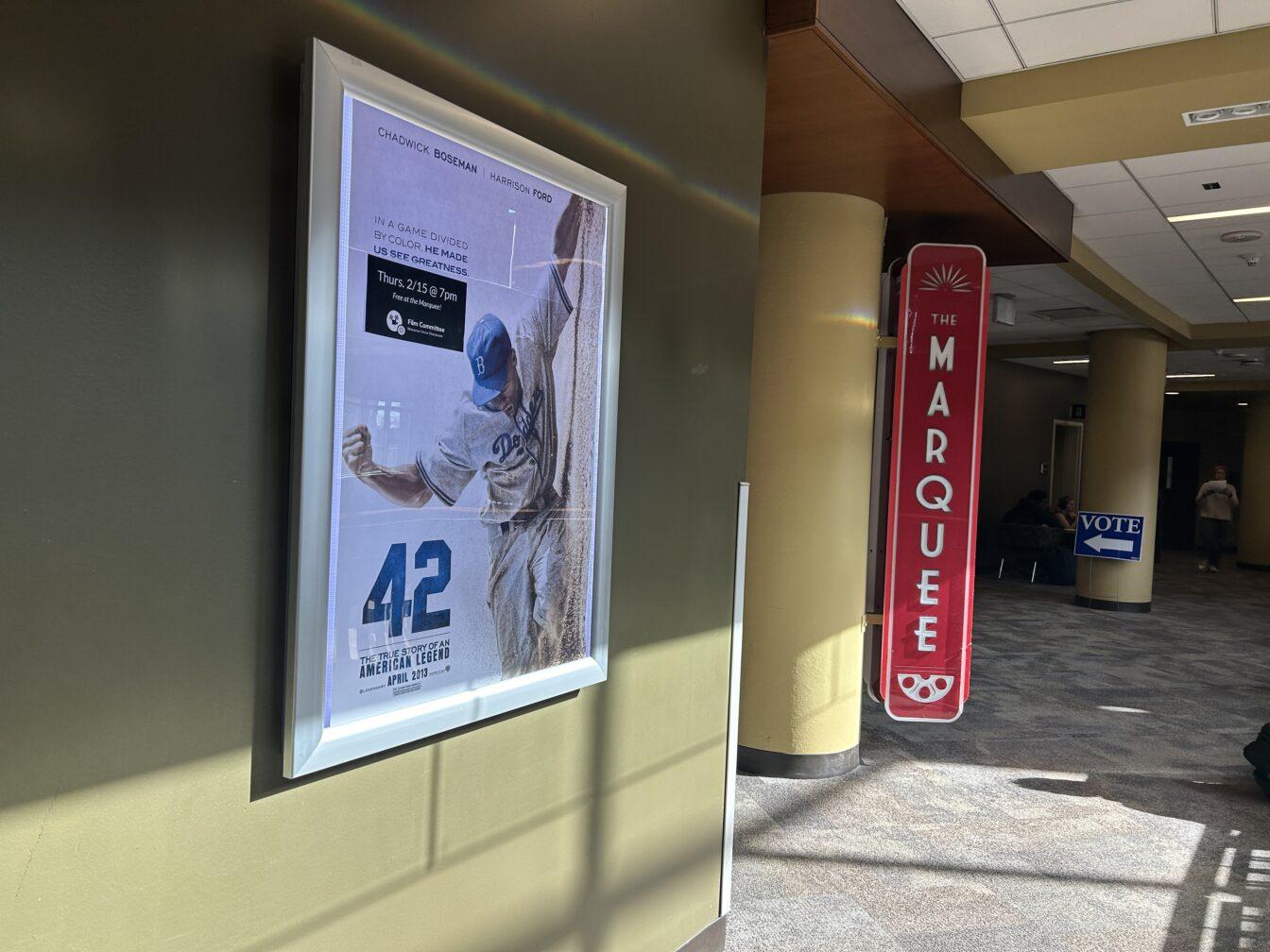
With its fall 2013 schedule, the University of Wisconsin Cinematheque has again proven itself as one of Madison’s prime resources for movie discovery and entertainment. With this list, we cover four of the numerous film series planned for this autumn. Every screening is free, with showings in 4070 Vilas Hall, the Chazen Museum of Art or the Marquee in Union South. Check the Cinematheque website for showtimes and locations, as well as more movie listings.
FOUR FROM HERZOG
Werner Herzog might be the most insane director in the history of filmmaking. The enigmatic German director has filmed on every continent. He once ate his own shoe. He walked more than 500 miles from Munich to Paris to visit a dying friend and film historian Lotte Eisner. He pulled a steamship over a mountain while filming “Fitzcarraldo.” In an interview with Stephen Colbert, he said, “I want the audience with me in wild fantasies – in something that illuminates them. If I were only fact-based, then the book of books in literature would be the Manhattan phone directory: 4 million entries, every one correct. But I do not know – do they dream at night? Does Mr. Jonathan Smith cry in his pillow at night”? The Cinematheque will screen four of his films: “Aguirre: The Wrath of God” (Oct. 5), “The Enigma of Kasper Hauser” (Oct. 12), “Stroszek” (Oct. 19) and “Encounters at the End of the World” (Oct. 26).
INTERNATIONAL HORROR CLASSICS
Serial killers, ghosts, monsters and zombies are decidedly not unique to the United States. In the weeks leading up to Halloween, the Cinematheque will screen four horror classics from Japan, France, the UK and Italy. In “Eyes without a Face” (Oct. 11) – a moody French art-horror film from 1960 – a surgeon kidnaps young women and attempts to attach their faces to his daughter’s, whose face has been horribly disfigured in a car crash. The darkness of 4070 Vilas Hall is the perfect atmosphere for these ghoulish thrills and chills. Also being shown are “Kwaidan” (Oct. 4), “The Curse of the Werewolf” (Oct/ 18) and “The Beyond” (Oct. 25).
JEAN-PIERRE MELVILLE: CRIME FILM MASTERWORKS
Jean-Pierre Melville once said, “Being a spectator is the finest profession in the world.” The French director had an intense fascination with the criminal underworld and the seedy characters who inhabit it. But unlike David Lynch, who oftentimes focuses on similar themes, Melville’s characters are rooted in a dry realism, contrary to Lynch’s surreal, twisted visions. His hit men are strictly existential. They stare blankly. They rarely speak. The atmosphere of his films is bleak yet fascinating and ultimately concerned with probing the inner psyches of gangsters, policemen, robbers and murderers. Explore his amazing, dark visions with “Bob le Flambeur” (Aug. 31), “Le Doulos” (Sept. 7), “Army of Shadows” (Sept. 14), “Le Cercle Rouge” (Sept. 21) and “Un Flic” (Sept. 28).
HOWARD HAWKS: THE EARLY YEARS
Often considered to be one of the greatest filmmakers of all time, Howard Hawks made films spanning every genre. Despite directing strictly in the age of aesthetically-uniform Classical Hollywood, he still left an auteur’s mark in every one of his films. His relatively straightforward narratives and character-based drama were evident even in his earliest films, which the Cinematheque focuses on in their series dedicated to the director’s early years. Films include “The Crowd Roars” (Nov. 9), “The Criminal Code” (Nov. 16), “Scarface” (Nov. 23), “Fig Leaves” (Dec. 7) and “A Girl in Every Port” (Dec. 7). The latter two films are silent; David Drazin will provide live piano scores.













